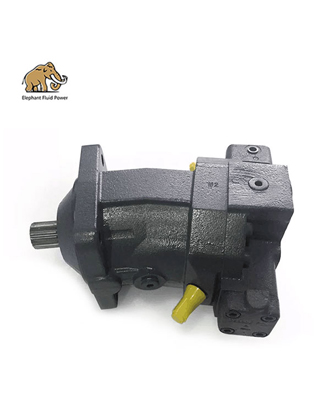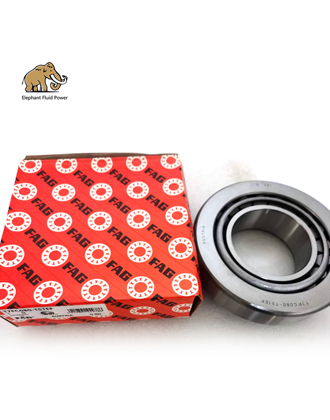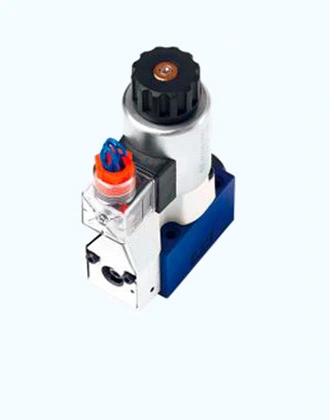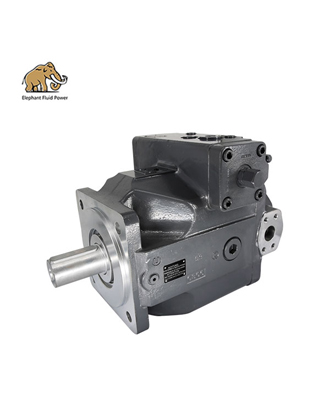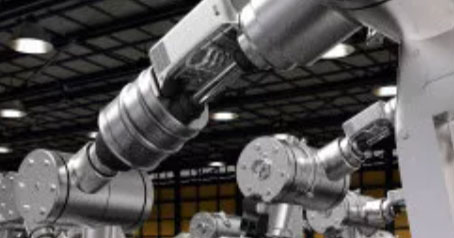Understanding the technologies available in fluid power is essential in order to design the most efficient, cost-effective, and energy-efficient systems. Traditional hydraulic equipment designs use almost exclusively directional control valves.
1. Comparison of directional control valve and proportional valve
These directional valves are sometimes called "switches" and can be used to control flow direction, flow rate, and fluid pressure. These valves can be operated from AC or DC power.
Directional Control Valves: Directional control valves are often referred to as switching valves because they simply direct or "switch" fluid through the valve from the flow source to one of the selected available cylinder ports. The flow control variety of the valve generally selects the orifice that only allows a specific volume flow through. The specified volume controls the speed of the cylinder or hydraulic motor. Likewise, the pressure control type is used to select a specific pressure setting. Changing direction, flow or pressure during machine operation using these directional control valves would require a separate separate valve for each direction, flow or pressure required. Hydraulic circuits can quickly become quite complex.
Proportional Valves: Proportional valves allow infinite positioning of the spool, thus providing infinitely adjustable flow. Either stroke control solenoids or force control solenoids can be used to achieve infinite positioning of the spool. Elephant Fluid Power provides quality proportional directional valve rexroth for you.
This variable positioning allows the spool to be designed with metering notches to provide flow/speed control as well as directional control in one valve without requiring separate valves to control direction and speed. Another major benefit is when the circuit requires more than one speed. Various speeds are achieved by varying electrical signal levels to provide the desired flow/speed. No additional hydraulic components required! These proportional directional valves are controlled by DC power.
Proportional controls are used with their associated electronic controls and also add the required acceleration and deceleration functions. This provides a variety of machine cycles to operate safely at higher speeds with controlled start and stop characteristics. Adjusted acceleration and deceleration increase the overall cycle time and productivity of the machine.
2. Matters to consider when choosing a directional control valve
The directional control valve types should be selected according to the requirements of the work. For example, if the oil flow is required to flow in only one direction, and not in the opposite direction, a check valve should be used; When the working cycle of "stop" or frequent movement back and forth, the reversing valve should be used to change the direction of oil flow and turn on or off the oil circuit; if the actuator is required to complete the forward-backward-stop working cycle, three three-position should be selected. Reversing valve; if only two working states are completed, namely feeding and retracting, a two-position reversing valve should be used.
The directional control valve can also be selected according to the working state of the system and the characteristics of the valve. For example, the quality of the moving parts is small, the reversing accuracy is not high, and when the flow rate is less than 63L/min, the electromagnetic reversing valve should be selected, because this kind of valve reversing impact If the mass of the moving parts is large, the speed change range is large, and the commutation is required to be stable, when the flow rate is greater than 63L/min, the electro-hydraulic with stable commutation and no impact should be selected. Reversing valve; if there is a locking circuit in the system, a hydraulically controlled check valve with good sealing performance should be selected instead of a reversing valve with poor sealing performance.
 French
French
 Portuguese
Portuguese
 Russian
Russian
 German
German
 Spanish
Spanish
 Japanese
Japanese
 Korean
Korean
 Irish
Irish
 Greek
Greek
 Turkish
Turkish
 Italian
Italian
 Danish
Danish
 Romanian
Romanian
 Indonesian
Indonesian
 Czech
Czech
 Afrikaans
Afrikaans
 Swedish
Swedish
 Polish
Polish
 Basque
Basque
 Catalan
Catalan
 Esperanto
Esperanto
 Hindi
Hindi
 Lao
Lao
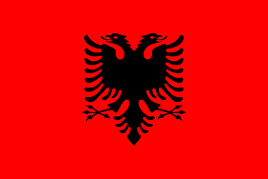 Albanian
Albanian
 Amharic
Amharic
 Armenian
Armenian
 Azerbaijani
Azerbaijani
 Belarusian
Belarusian
 Bengali
Bengali
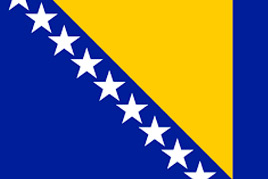 Bosnian
Bosnian
 Bulgarian
Bulgarian
 Cebuano
Cebuano
 Chichewa
Chichewa
 Corsican
Corsican
 Croatian
Croatian
 Dutch
Dutch
 Estonian
Estonian
 Filipino
Filipino
 Finnish
Finnish
 Frisian
Frisian
 Galician
Galician
 Georgian
Georgian
 Gujarati
Gujarati
 Haitian
Haitian
 Hausa
Hausa
 Hawaiian
Hawaiian
 Hebrew
Hebrew
 Hmong
Hmong
 Hungarian
Hungarian
 Icelandic
Icelandic
 Igbo
Igbo
 Javanese
Javanese
 Kannada
Kannada
 Kazakh
Kazakh
 Khmer
Khmer
 Kurdish
Kurdish
 Kyrgyz
Kyrgyz
 Latin
Latin
 Latvian
Latvian
 Lithuanian
Lithuanian
 Luxembourg
Luxembourg
 Macedoniar
Macedoniar
 Malagasy
Malagasy
 Malay
Malay
 Malayalam
Malayalam
 Maltese
Maltese
 Maori
Maori
 Marathi
Marathi
 Mongolian
Mongolian
 Burmese
Burmese
 Nepali
Nepali
 Norwegian
Norwegian
 Pashto
Pashto
 Persian
Persian
 Punjabi
Punjabi
 Serbian
Serbian
 Sesotho
Sesotho
 Sinhala
Sinhala
 Slovak
Slovak
 Slovenian
Slovenian
 Somali
Somali
 Samoan
Samoan
 Scots Gaelic
Scots Gaelic
 Shona
Shona
 Sindhi
Sindhi
 Sundanese
Sundanese
 Swahili
Swahili
 Tajik
Tajik
 Tamil
Tamil
 Telugu
Telugu
 Thai
Thai
 Ukrainian
Ukrainian
 Urdu
Urdu
 Uzbek
Uzbek
 Vietnamese
Vietnamese
 Welsh
Welsh
 Xhosa
Xhosa
 Yiddish
Yiddish
 Yoruba
Yoruba
 Zulu
Zulu

